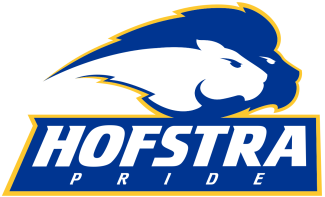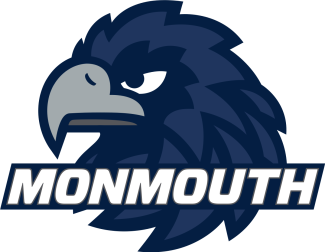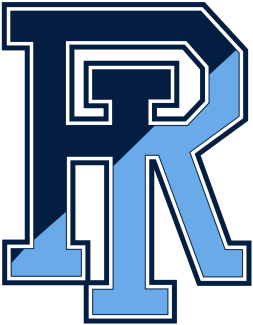This article appears in the March edition of US Lacrosse Magazine. Don’t get the mag? Join US Lacrosse today to start your subscription.
Marty Delaney has discovered a new frontier for the adaptive sports movement.
Lacrosse for the blind.
Delaney, whose Parkville (Md.) Adaptive Lacrosse program has become the model for introducing the sport to developmentally challenged athletes, teamed up with Goucher College women’s coach Cat Thoreson, Towson (Md.) High School boys’ coach Shawn Burke and the Maryland School for the Blind to put on a lacrosse clinic for about a dozen MSB students Feb. 7.
They observed how the players moved around the field and communicated. With this information, they can consider modifications to the equipment and rules to make lacrosse more accessible to the blind community.
The ball is a foremost consideration. At the clinic, they used soft, weighted balls produced by Swax Lax, which could perhaps be modified with the insertion of a sounding device. Another option is the hard plastic ball used in blind cricket and floor hockey, which includes beads and bearings.
The Maryland School for the Blind has a strong reputation in adaptive sports. Last summer, the school hosted North America’s first soccer camp for blind players. In December, MSB students and alumni set the Guinness World Record for the longest continuous game of goalball, a Paralympic sport, by playing for 25 hours.
“The blind sports realm is constantly growing,” said Matt Mescall, a coach at MSB. “Since we’re in Maryland and people talk about lacrosse, we’re excited about working with Marty to broaden the experience for our students.”
Delaney called it a learning process, for now, but he believes there’s a future for blind athletes in lacrosse.
“The power of adaptive lacrosse is inclusion,” Delaney said. “Playing the game makes participants feel part of something bigger.”
PHOTO GALLERY
Lacrosse Clinic at Maryland School for the Blind


























































